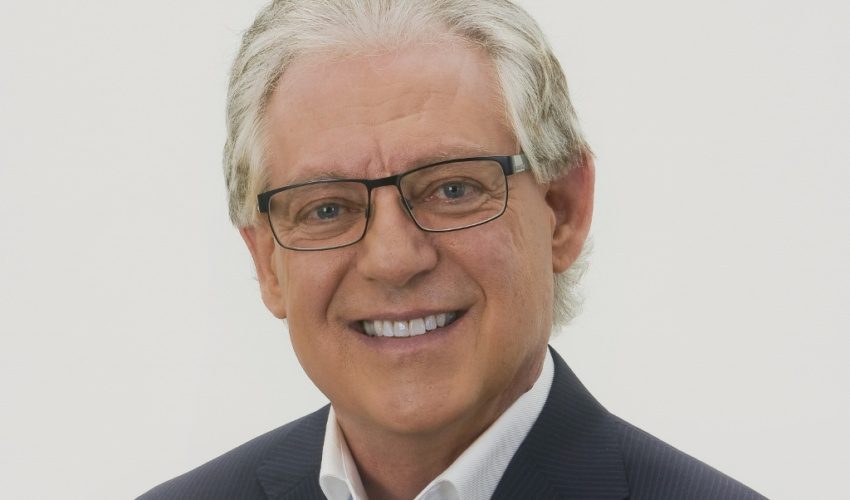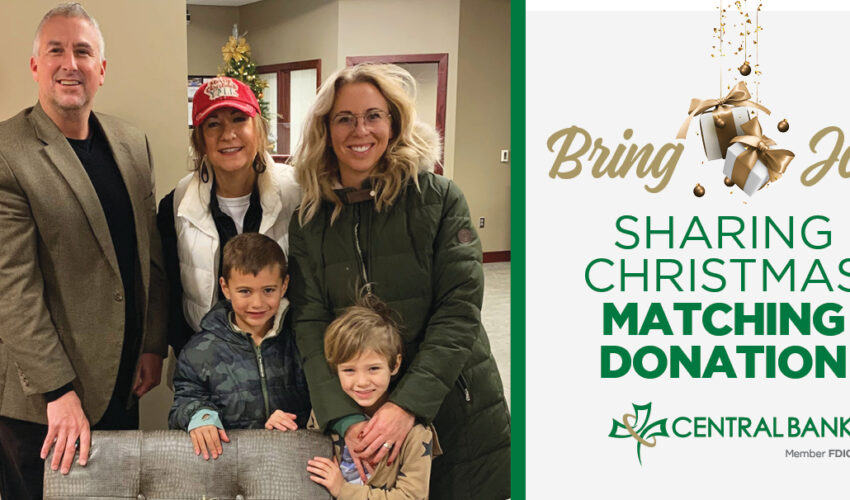While fewer smoke, lung cancer remains challenging for health care
Nov. 13, 2018
This paid piece is sponsored by Avera.
Health care professionals are hoping that in November, lung cancer awareness becomes as widespread as breast cancer awareness in October.
While the number of people who smoke has declined about 5 percent over the past decade, according to the Centers for Disease Control and Prevention, lung cancer is still a very dangerous disease.
“Lung cancer actually takes twice as many lives, and we respect what breast cancer advocates have achieved. We need to catch up,” said Dr. Heidi McKean, Avera Medical Group medical oncologist. “Many people assume lung cancer patients are smokers, and that’s not always true. Many doctors assume that nonsmokers who present symptoms are unlikely to face lung cancer. That too, can be misleading.”
The scope of the threat
More than 150,000 people die each year from lung cancer, which averages to 422 each day. The disease claims more than twice as many women’s lives as breast cancer and is three times more likely to lead to death in men than prostate cancer, according to statistics compiled by the Lung Cancer Foundation. While lung cancer has declined among men over the past 40 years, the diagnosis in women has gone up 102 percent.
“There is a growing focus on the treatment and research behind lung cancer,” said Dr. Benjamin Solomon, Avera Medical Group medical oncologist. “Sioux Falls has a robust support system for survivors. We’re making strides, including our participation in clinical trials.”
Solomon said Avera weaves concerted efforts focused on identifying appropriate patients for low-dose CT lung cancer screening into smoking cessation.
“For the right patients, we believe lung cancer screening will become as commonly accepted as a colonoscopy or a mammogram,” he said. “They are currently available to current and former smokers who have a significant smoking history.”
Genomic testing also can help predict more successful avenues in treatment. Lung cancer cells may mask themselves to hide from the body’s own immune system, but immunotherapy can help reverse this process.
“We do see about 10 percent of men and 15 percent of women who have the disease who are nonsmokers,” Solomon said. “But no one deserves this disease. Clinical trials will help. We hope to enroll more patients. More data will help answer questions.”
Research efforts ongoing
Solomon said some patients may not realize that clinical trials, including the Survival Prolongation by Rationale Innovative Genomics, or SPRING, trial that he is leading, receive standard treatment in addition to the trial itself.
Avera is a part of the Worldwide Innovative Networking, or WIN, Consortium, which recently received U.S. Food and Drug Administration approval to move ahead with clinical trials to address lung cancer.
“We are doing better, fitting the right treatment for the right patients,” McKean said.
Impacts other than health
The personal costs for a pack-a-day smoker add up, not just in terms of health and risk of lung cancer. Smokers spend about $2,000 each year to feed their habit.
The costs add up beyond the cigarettes themselves. Businesses that employ smokers pay almost $400 more per employee to cover the associated health risks, according to American Cancer Society data. The CDC puts an almost $3,400 price tag on each employee who smokes: $1,760 in lost productivity and $1,623 in excess medical expenditures.
“Employers are looking more closely at the issue with tobacco and its costs, so more businesses are trying to help employees quit,” said Debbie Lancto, a well-being specialist with Avera Health Plans. “It’s not a case of shaming; it’s an opportunity. Changing that mind-set can help employees – in fact, with support, individuals are twice as likely to succeed when they make attempts at quitting.”
Thursday is the American Cancer Society’s Great American Smokeout, when smokers are encouraged to make a plan to quit.
Lancto said programs such as the South Dakota QuitLine offer helpful tools such as starter kits and ongoing support to those who wish to get smoking out of their lives.
“State-sponsored support programs, such as the QuitLine, or within businesses or insurance plans can certainly improve the odds of success,” she said. “Tobacco users have to be realistic, recognize triggers and realize the difficulty that goes with quitting. It’s hard, but possible.”








